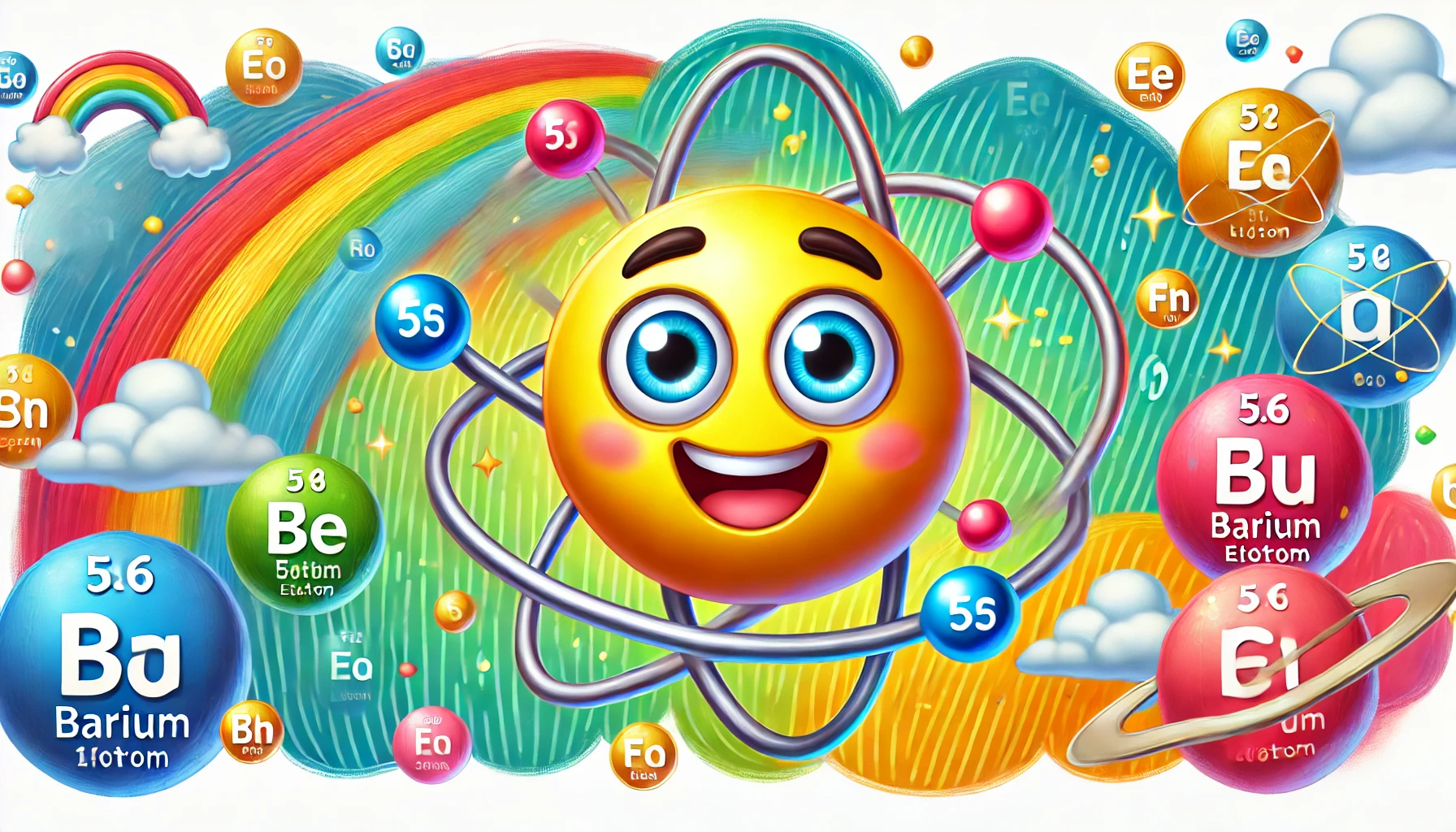Understanding Barium: Properties, Uses, Health Risks, and Fascinating Facts
Understanding Barium: Properties, Uses, Health Risks, and Fascinating Facts
Table of Contents
- Introduction to Barium
- Properties of Barium
- Uses of Barium
- Health Risks of Barium Exposure
- Interesting Facts about Barium
- Environmental Impact of Barium
- Conclusion
- References
Understanding Barium: Properties, Uses, Health Risks, and Fascinating Facts
Introduction to Barium Barium is a chemical element with the symbol Ba and atomic number 56. It is a soft, silvery alkaline earth metal that is never found in nature in its pure form due to its high reactivity. This article explores the properties, uses, health risks, and interesting facts associated with barium, providing a comprehensive understanding of this versatile element.
Properties of Barium Barium is characterized by several distinct physical and chemical properties.
Physical Properties
- Appearance: Barium is a soft, silvery-white metal.
- Density: The density of barium is 3.62 g/cm³.
- Melting Point: Barium has a melting point of 727°C (1,341°F).
- Boiling Point: The boiling point of barium is 1,897°C (3,447°F).
Chemical Properties
- Reactivity: Barium is highly reactive, especially with water and air. It forms barium hydroxide and hydrogen gas when reacting with water.
- Compounds: Barium forms various compounds, such as barium sulfate (BaSO₄), barium chloride (BaCl₂), and barium carbonate (BaCO₃).
Uses of Barium Barium has numerous applications across different industries due to its unique properties.
Medical Applications
- Radiology: Barium sulfate is used in medical imaging of the gastrointestinal tract. It is a radiocontrast agent that helps visualize structures in X-ray and CT imaging.
- Diagnostic Tests: Barium enemas and barium swallow tests are used to diagnose conditions related to the digestive system.
Industrial Applications
- Drilling Fluids: Barium sulfate is used in drilling fluids for oil and gas exploration to lubricate and cool the drill bit and to maintain pressure in the well.
- Glass Manufacturing: Barium is used in the production of certain types of glass, particularly optical glass, to increase its refractive index and chemical durability.
- Paints and Pigments: Barium compounds are used in the manufacturing of paints, pigments, and ceramics due to their brightness and durability.
Electronics
- Vacuum Tubes: Barium is used as a getter in vacuum tubes to remove residual gases and improve the vacuum quality.
Health Risks of Barium Exposure While barium has beneficial uses, exposure to barium compounds can pose health risks.
Inhalation and Ingestion
- Respiratory Issues: Inhalation of barium dust or fumes can cause respiratory irritation, coughing, and difficulty breathing.
- Gastrointestinal Issues: Ingestion of soluble barium compounds can cause gastrointestinal distress, including nausea, vomiting, and diarrhea.
Skin and Eye Contact
- Skin Irritation: Direct contact with barium compounds can cause skin irritation and dermatitis.
- Eye Irritation: Exposure to barium dust or solutions can cause eye irritation and potential damage.
Toxicity
- Barium Poisoning: Soluble barium compounds, such as barium chloride, are toxic and can cause severe muscle weakness, respiratory failure, and cardiovascular disturbances if ingested in large quantities.
Interesting Facts about Barium Barium has several intriguing aspects that make it an interesting element.
Discovery
- Discovered in 1808: Barium was discovered by English chemist Sir Humphry Davy in 1808 by electrolyzing molten baryta (barium oxide).
Unique Properties
- Green Flames: Barium compounds, particularly barium nitrate, are used in pyrotechnics to produce green flames due to their characteristic emission spectrum.
- High Density: Barium is one of the denser alkaline earth metals, which contributes to its use in drilling fluids and radiology.
Isotopes
- Stable Isotopes: Barium has seven naturally occurring stable isotopes, with barium-138 being the most abundant.
- Radioactive Isotopes: Several radioactive isotopes of barium are known, including barium-140, which is used in scientific research.
Environmental Impact of Barium Barium is not known to have significant environmental impacts, but its extraction and use should still be managed responsibly.
Natural Occurrence
- Abundance: Barium is relatively abundant in the Earth’s crust and is typically found in minerals such as barite (barium sulfate) and witherite (barium carbonate).
- Mining: Extraction of barium must be done carefully to avoid environmental contamination and ensure sustainable practices.
Industrial Waste
- Waste Management: Proper disposal of barium-containing industrial waste is crucial to prevent environmental contamination.
Conclusion Understanding barium, its properties, uses, health risks, and interesting facts provides valuable insight into this versatile metal. While barium has several important applications, particularly in medicine and industry, appropriate safety measures should be taken when handling barium compounds. Its applications in radiology, drilling, glass manufacturing, and electronics highlight its importance in modern technology and industry.

<ⓒ WizardMedics (wizardmedics.com)>


